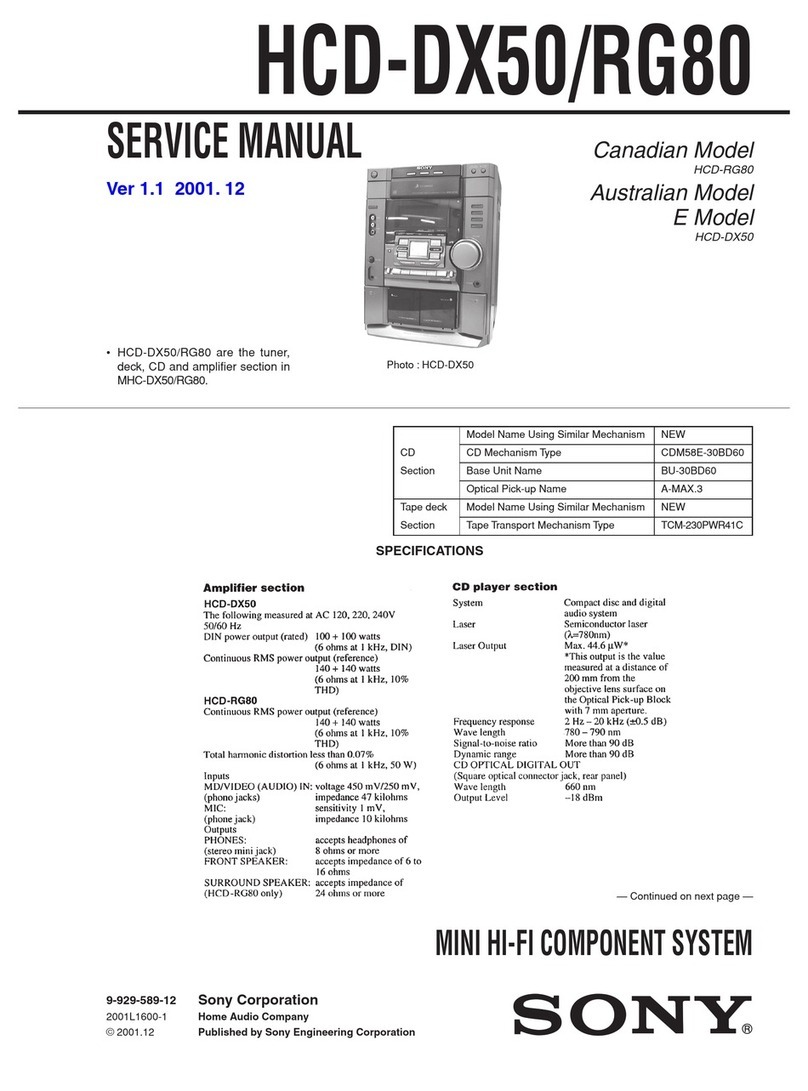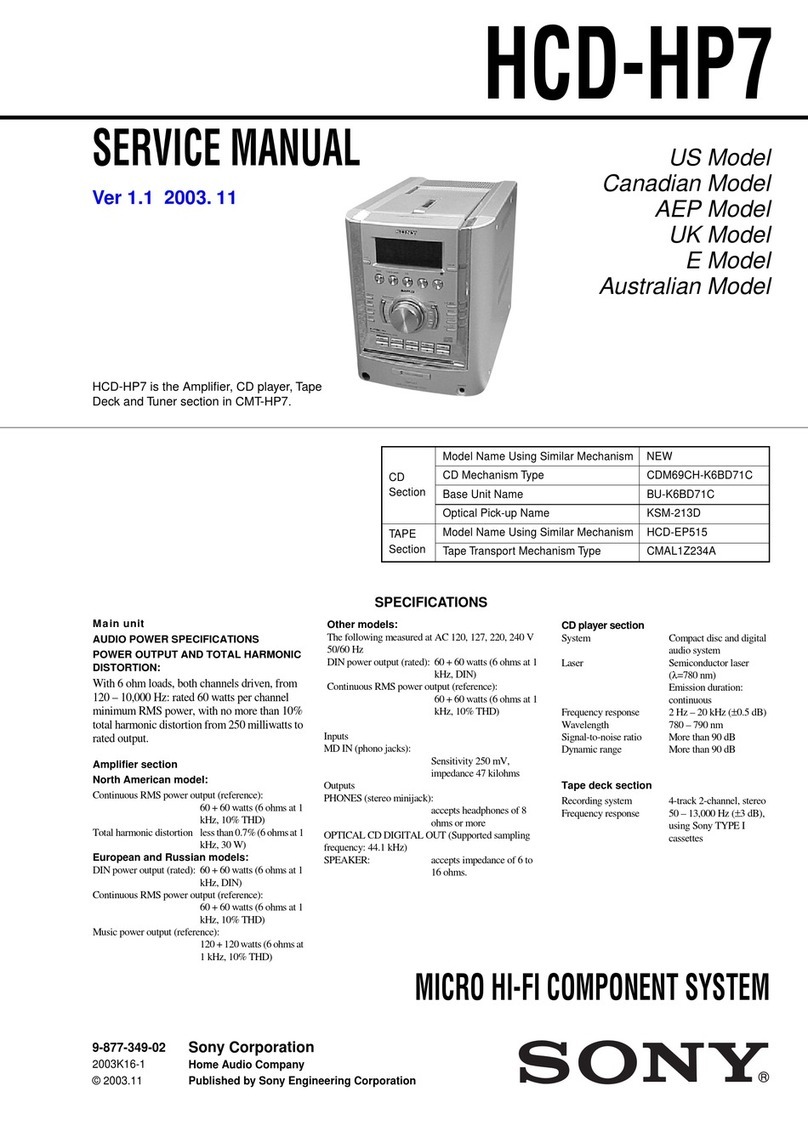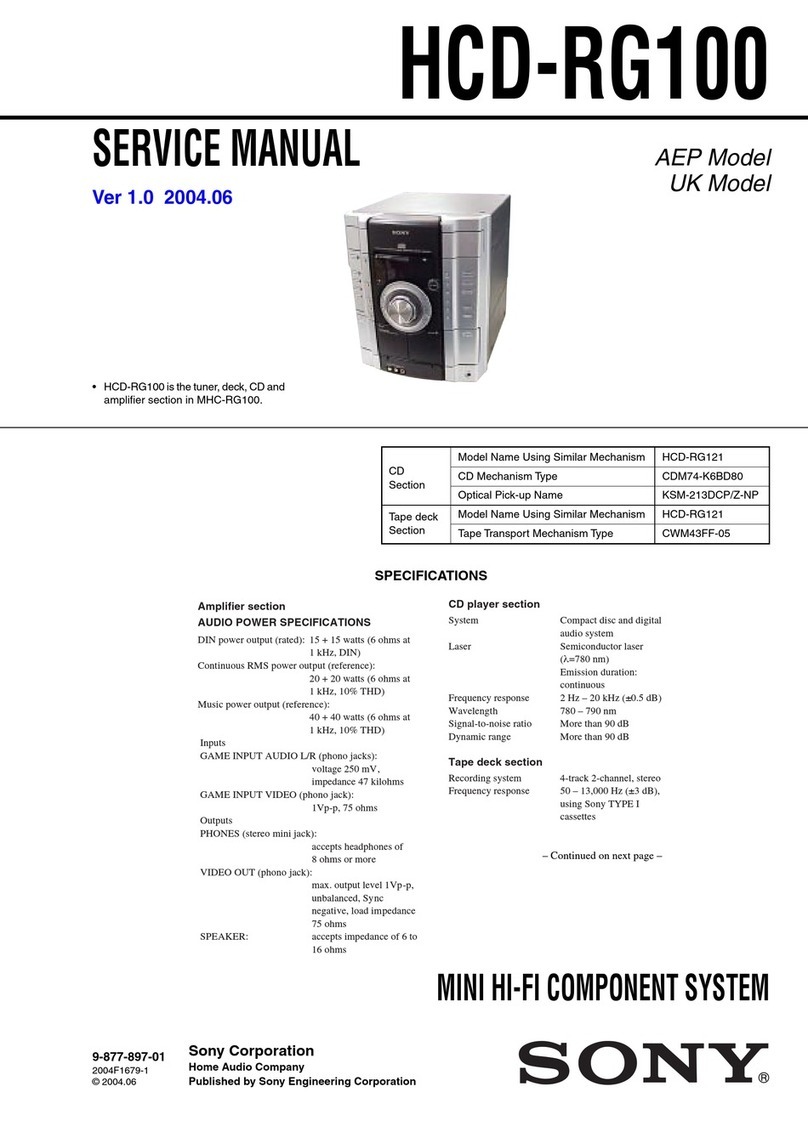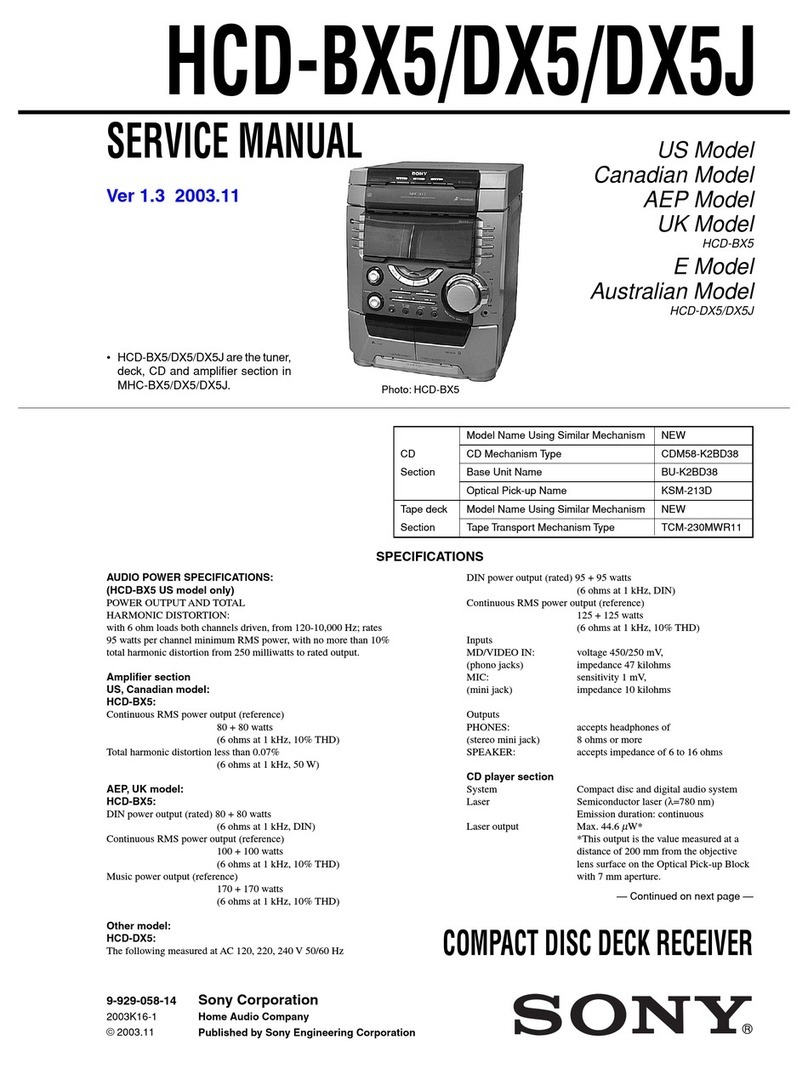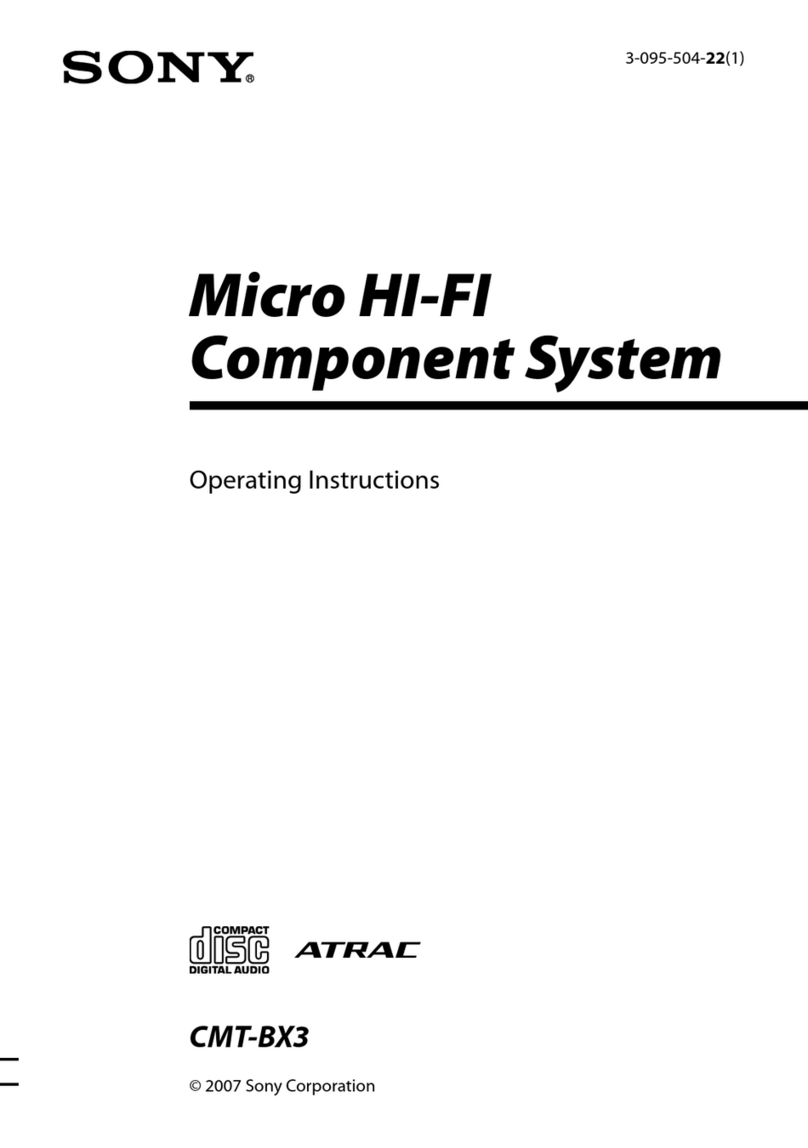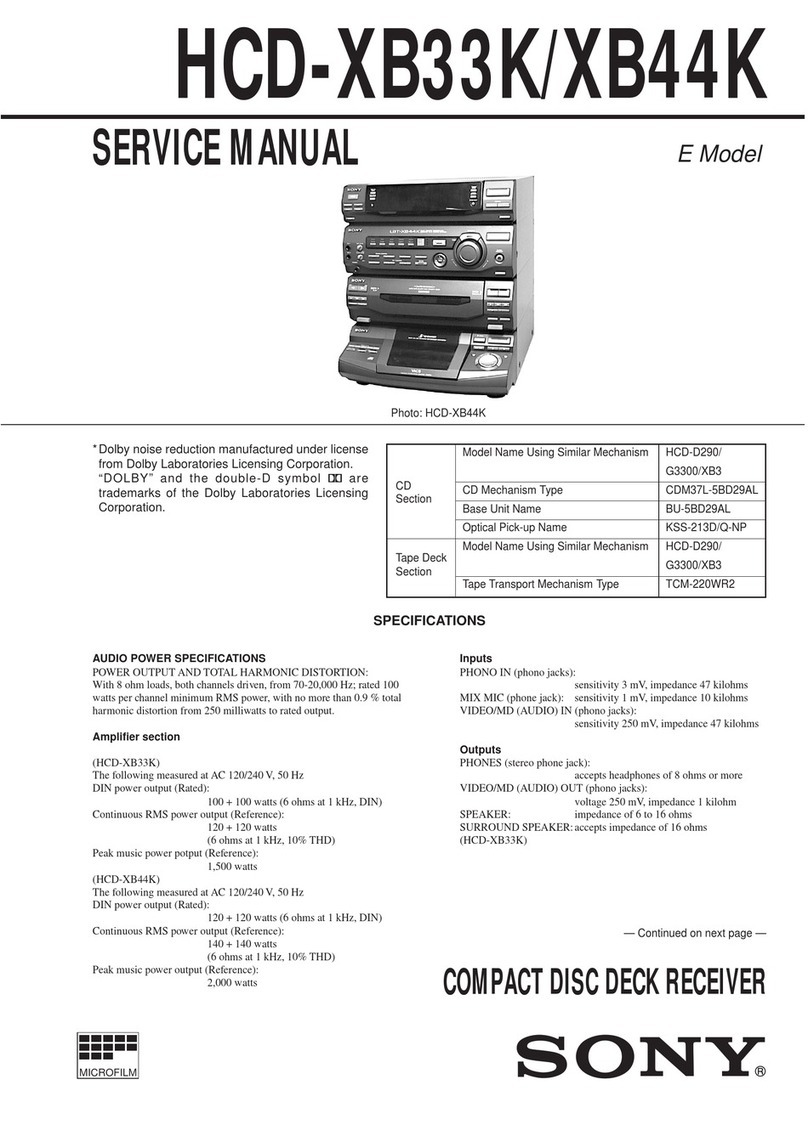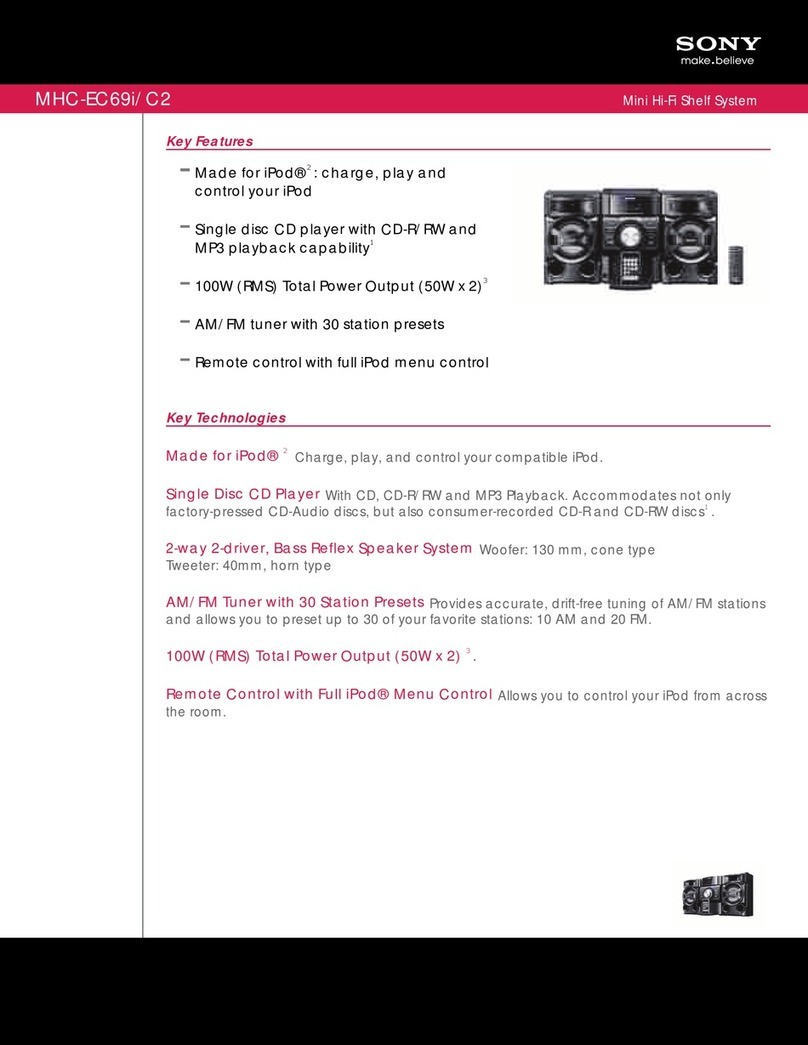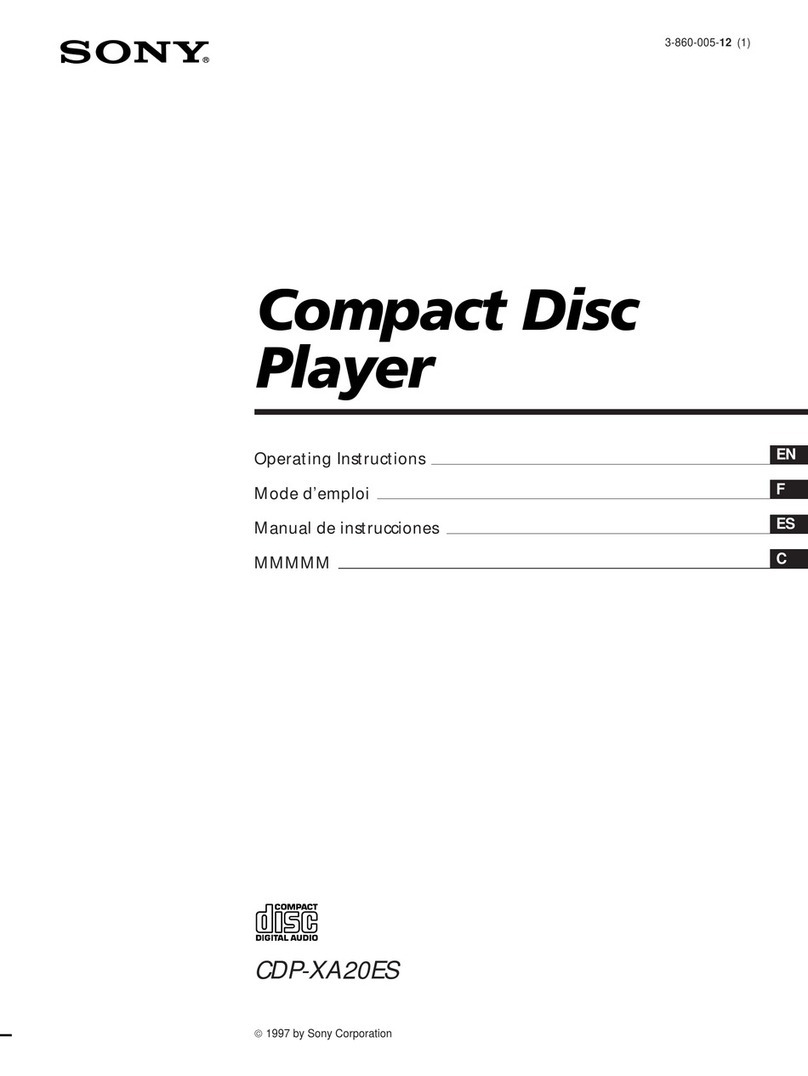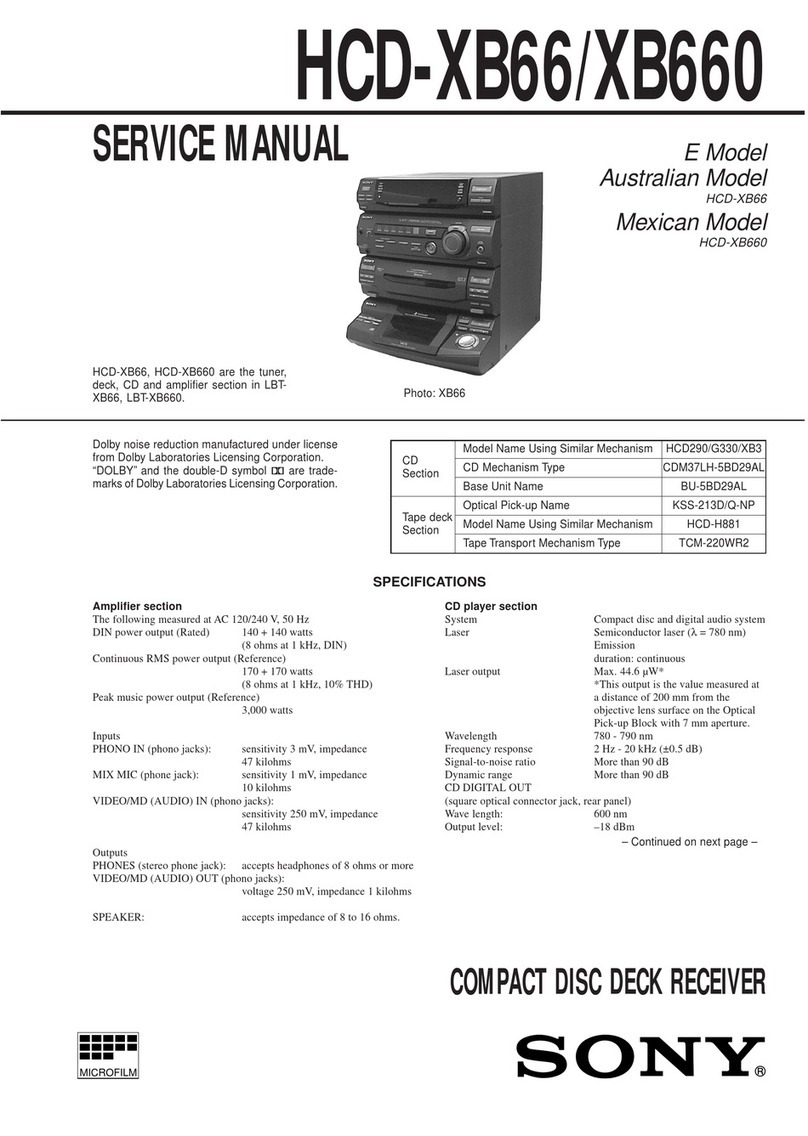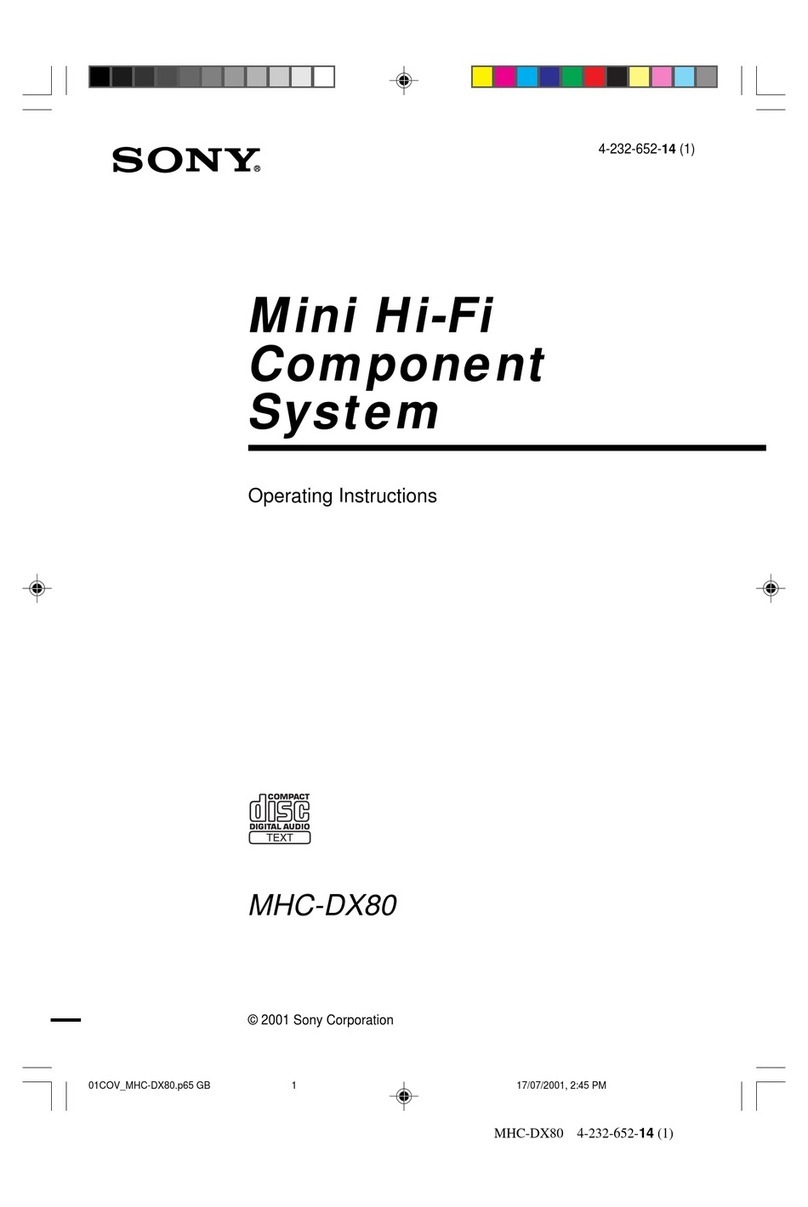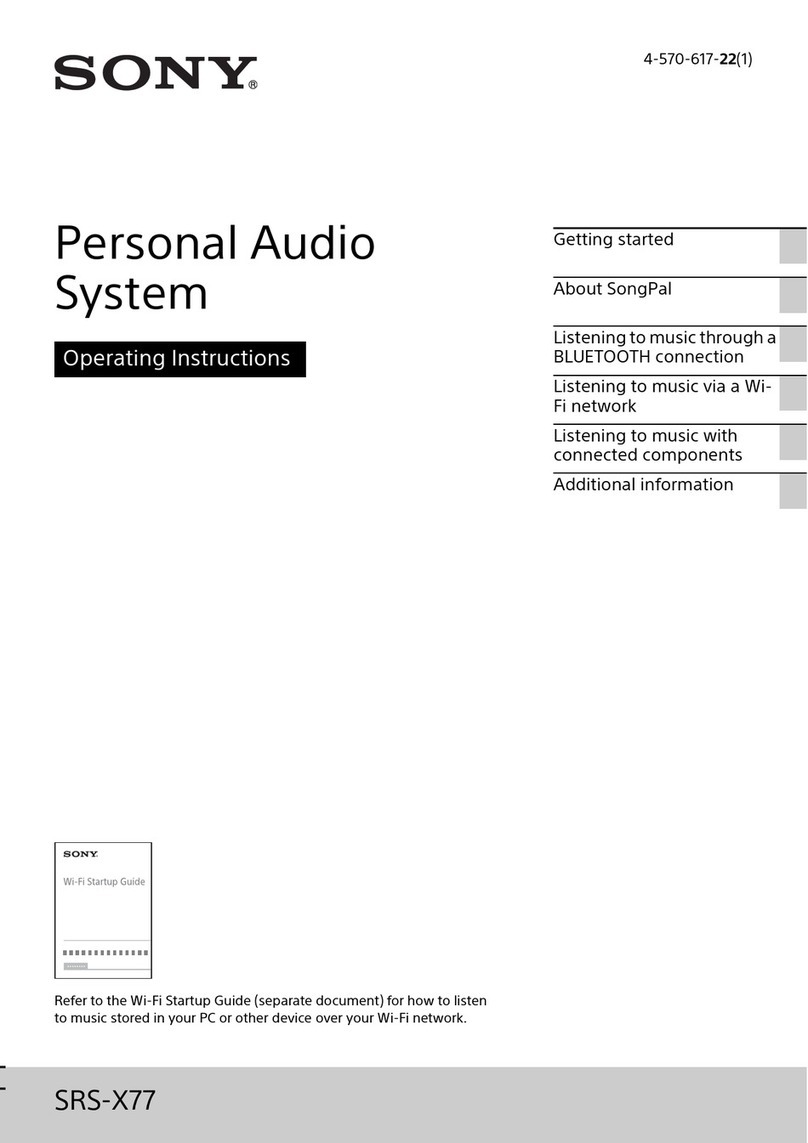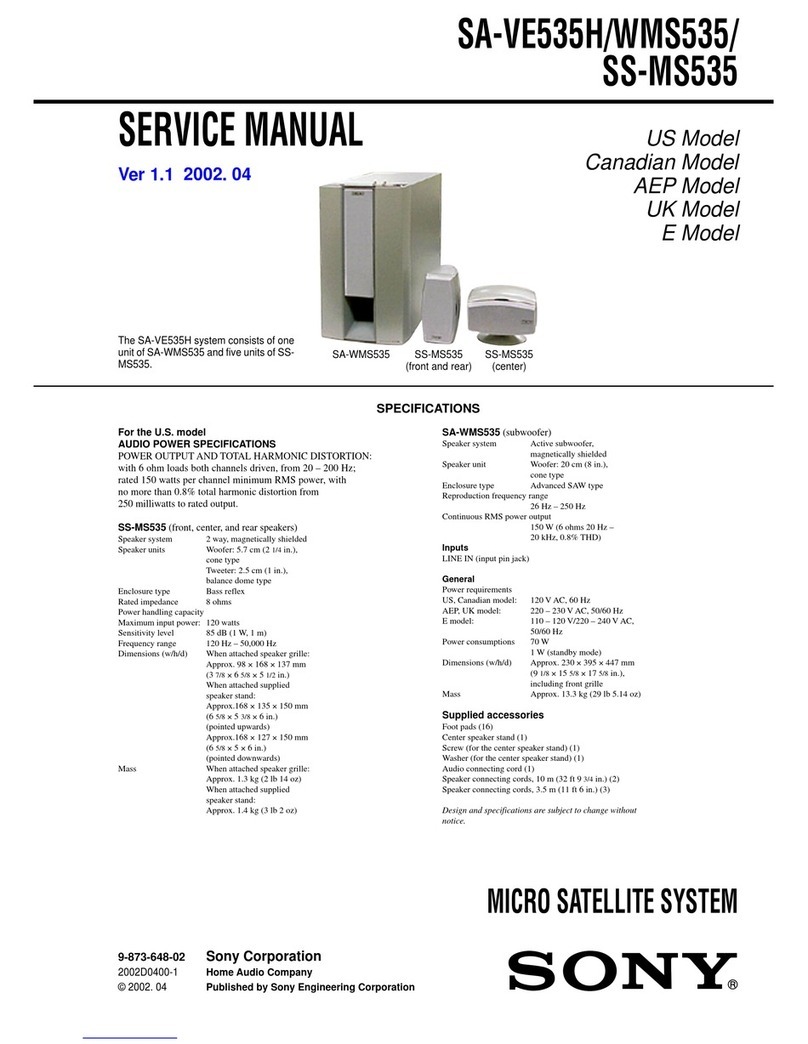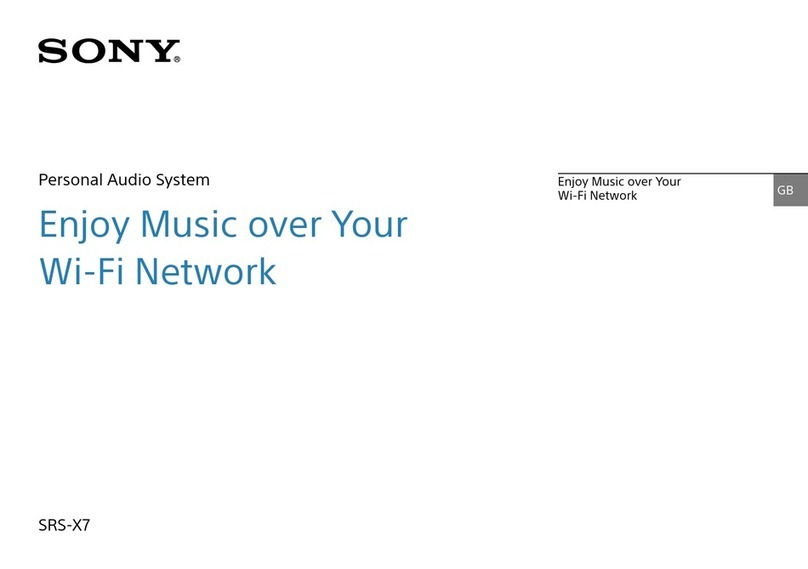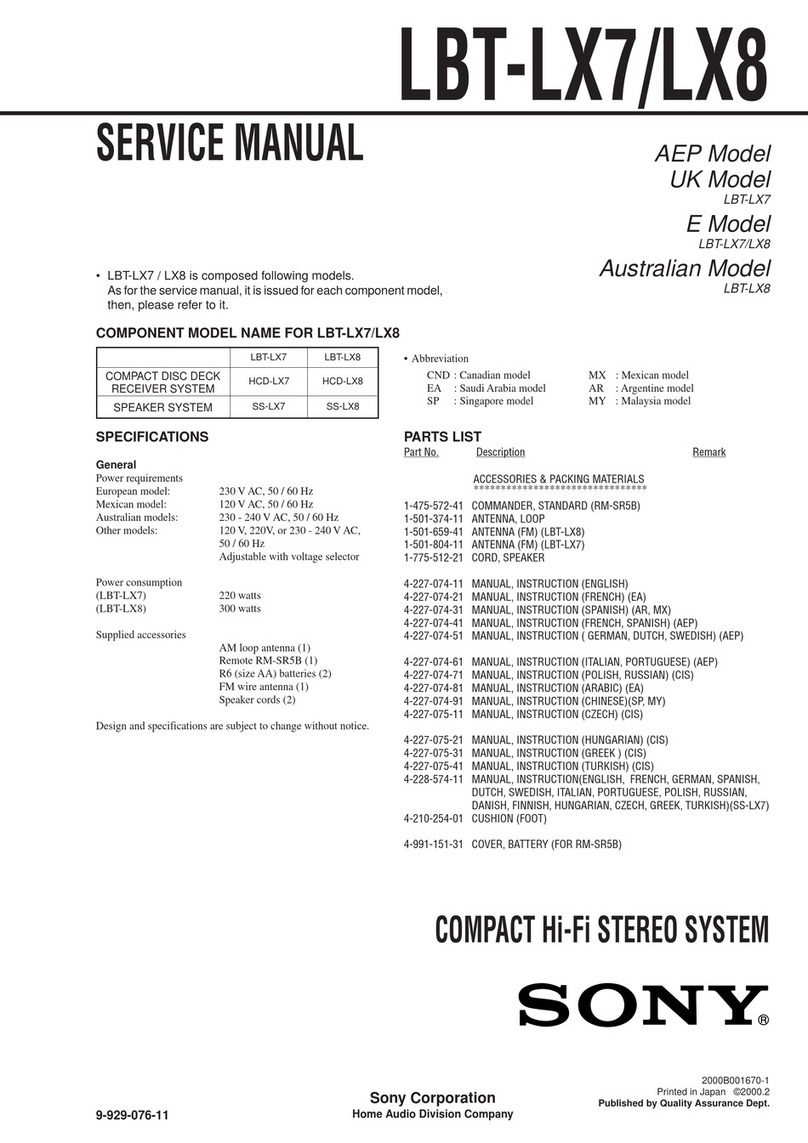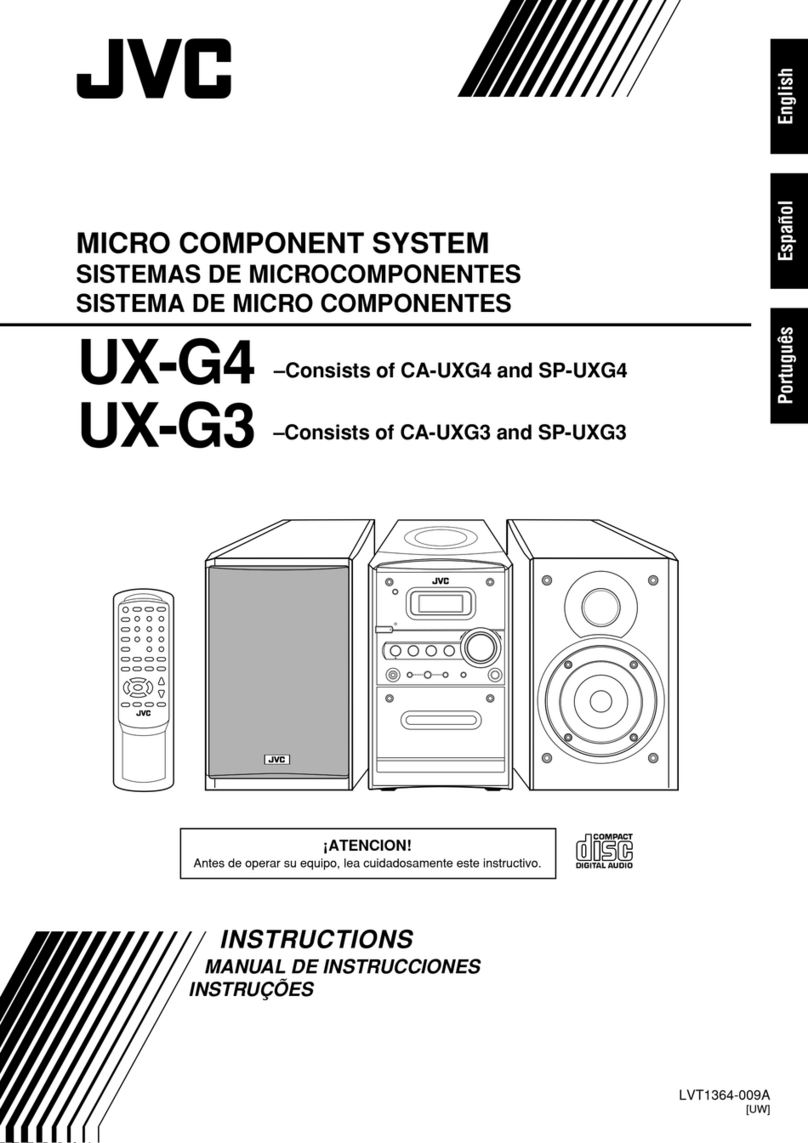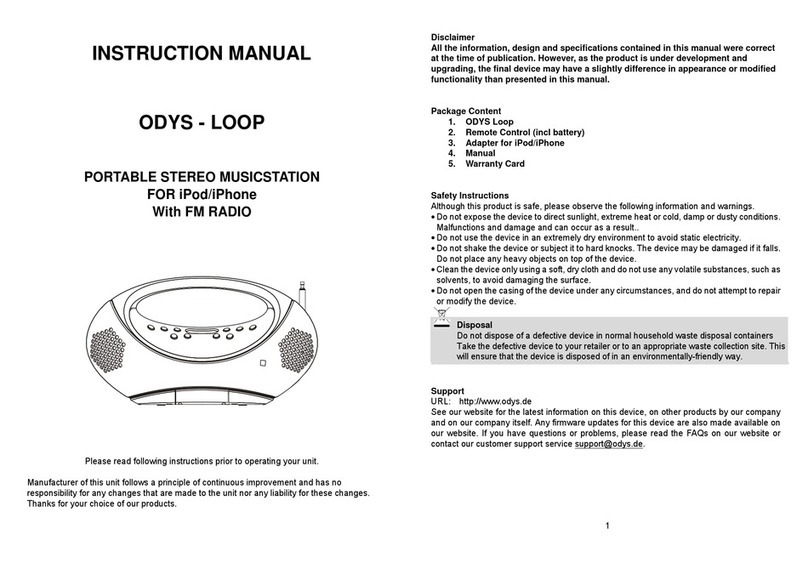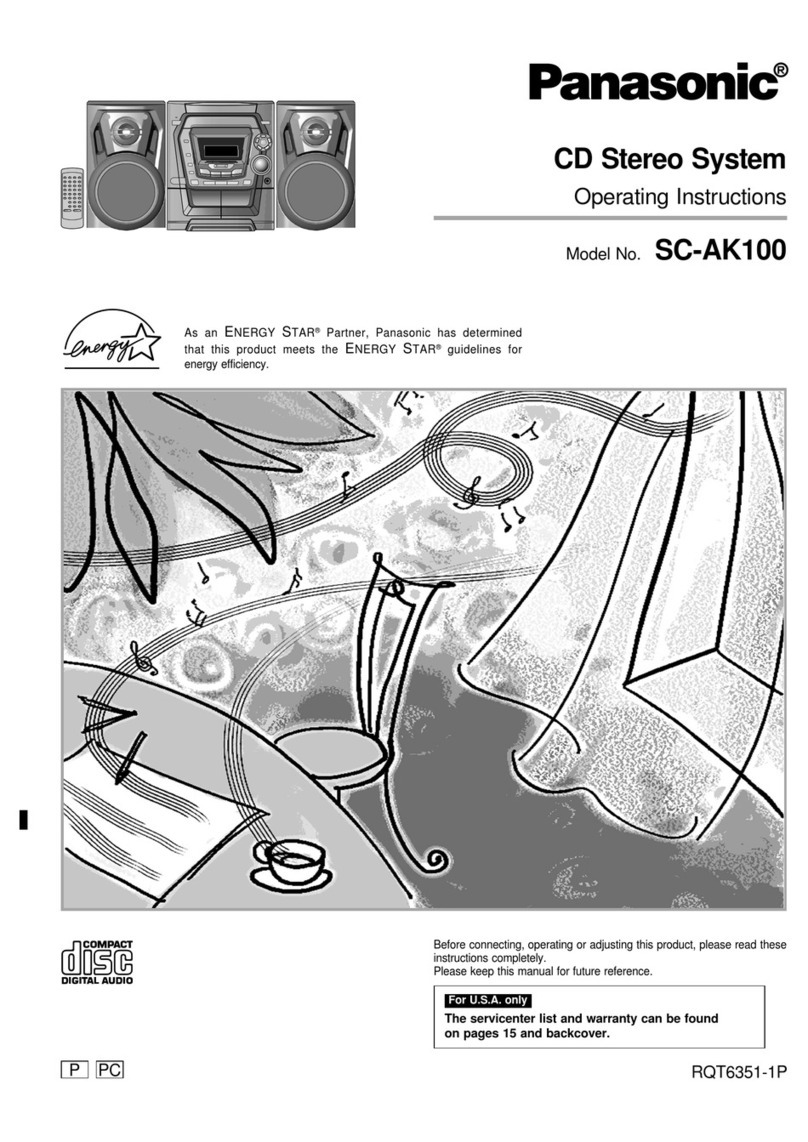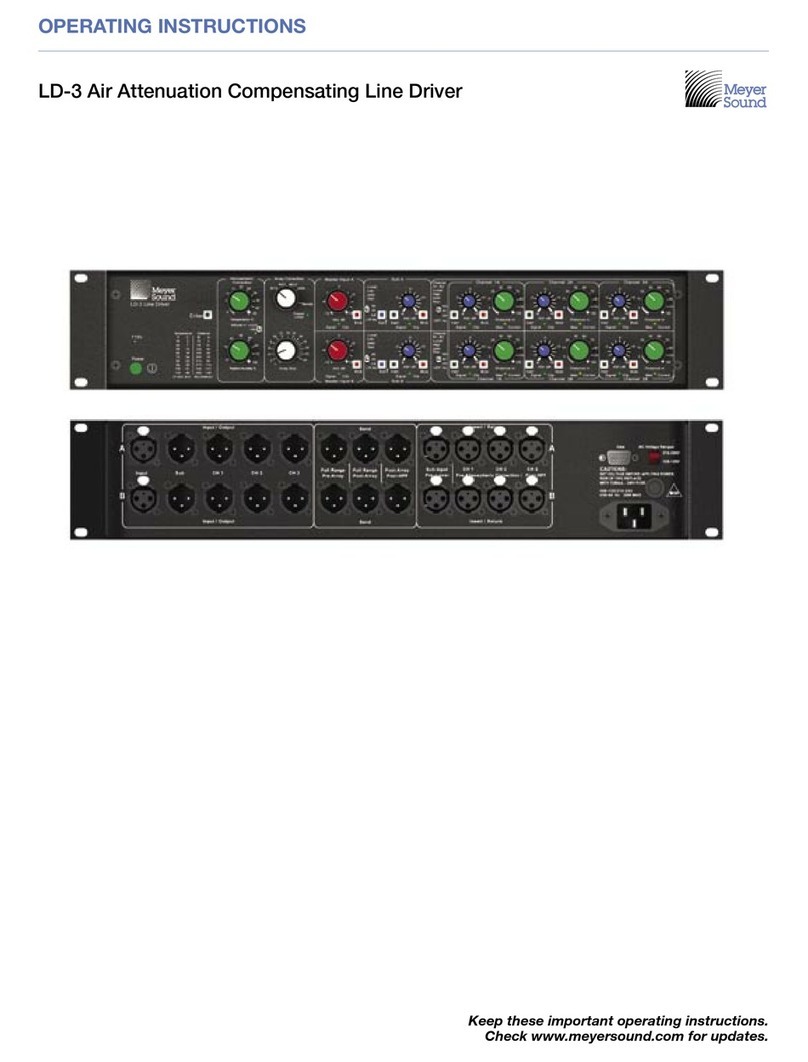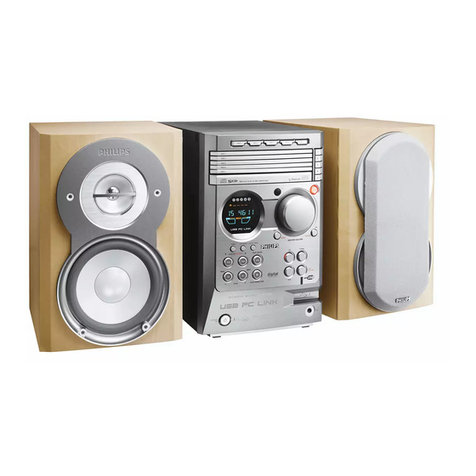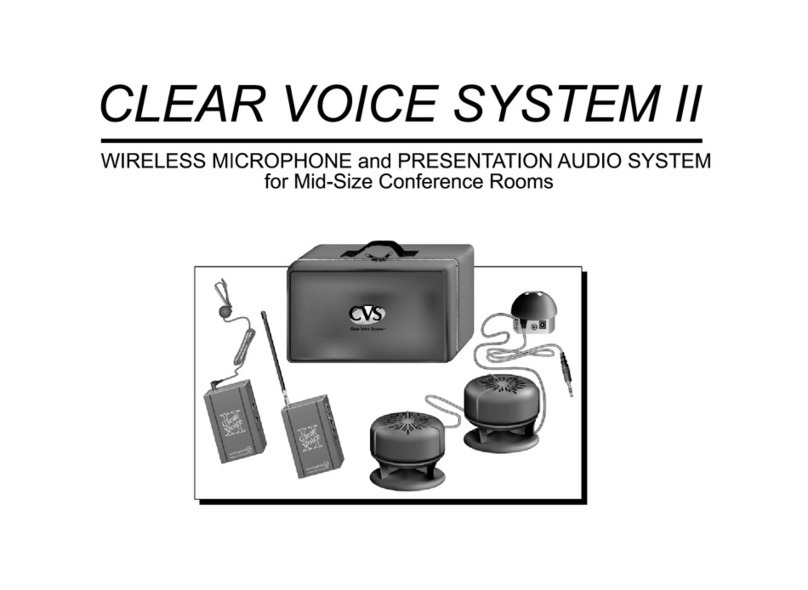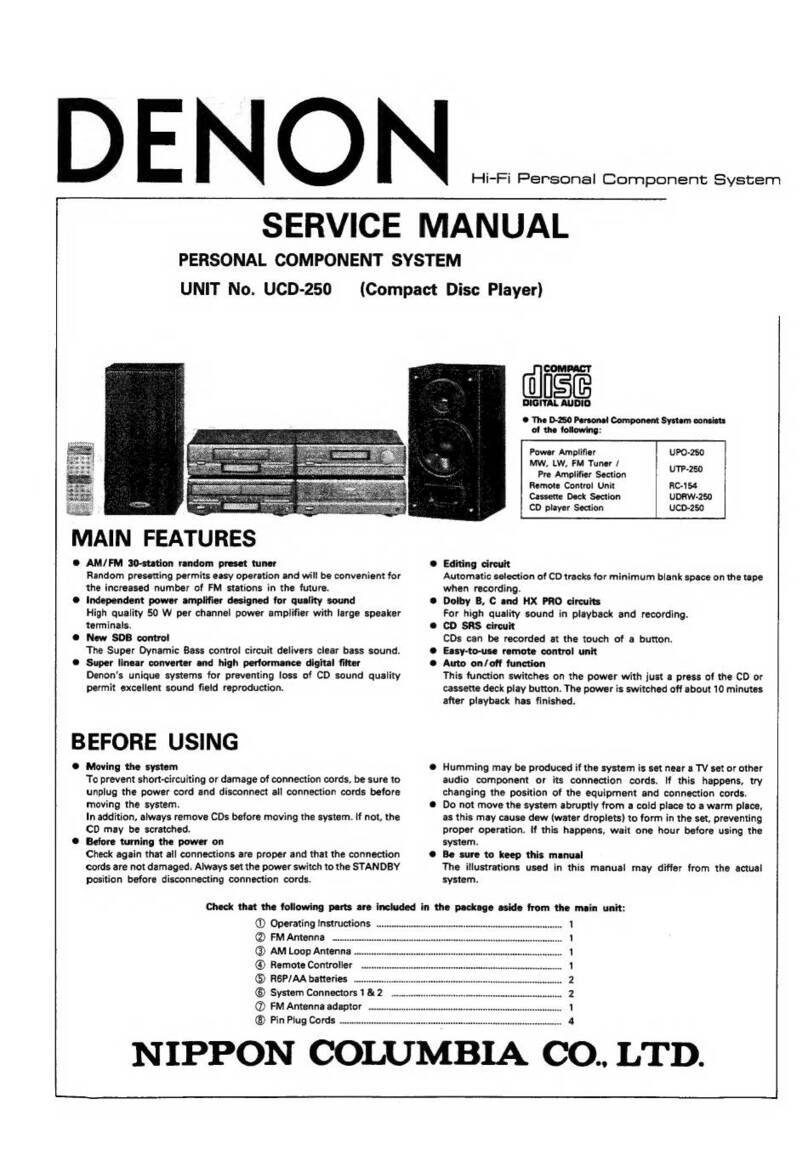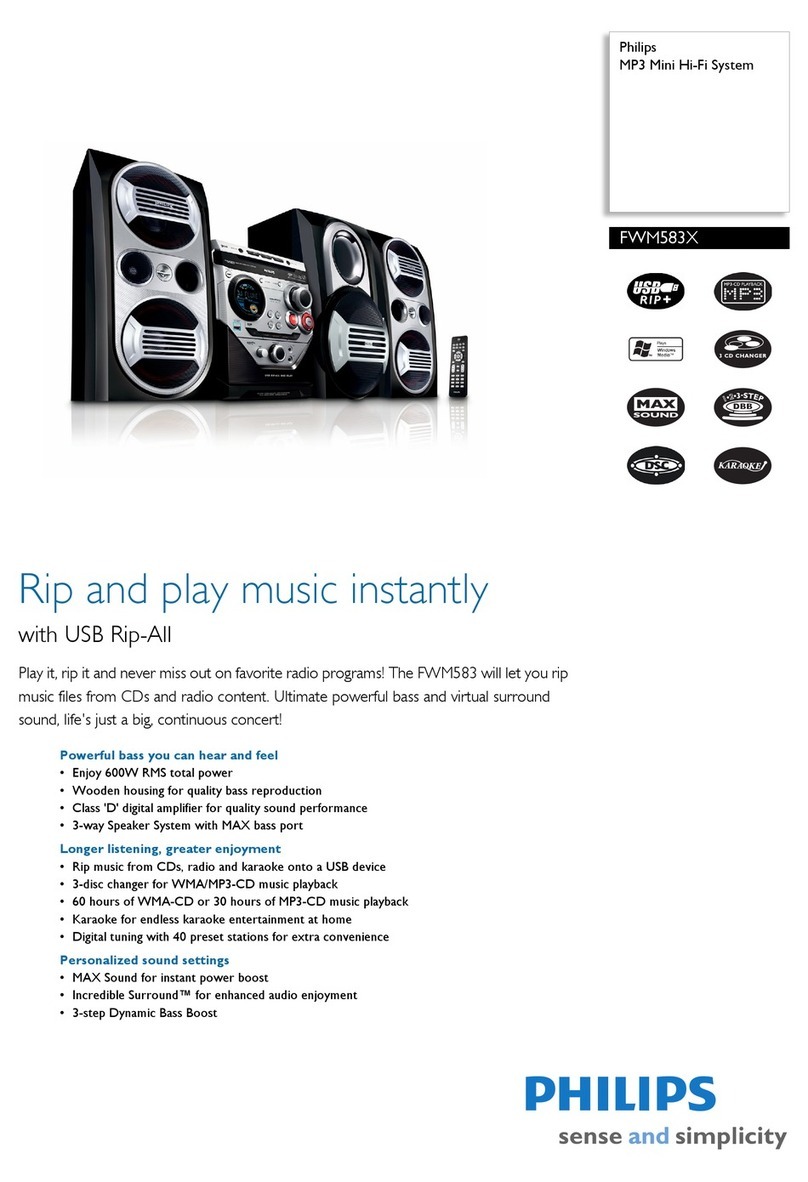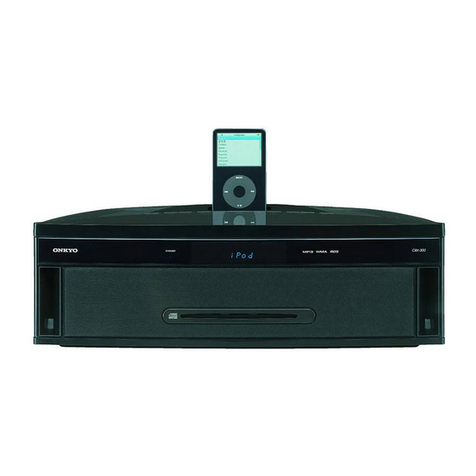3
HCD-GNX700/GNX800
TABLE OF CONTENTS
1. SERVICING NOTES ................................................ 4
2. GENERAL
Locating the Controls ...................................................... 5
3. DISASSEMBLY
3-1. Disassembly Flow ........................................................... 7
3-2. Side Panel, Top Case ....................................................... 8
3-3. Loading Panel .................................................................. 8
3-4. Front Panel Assy .............................................................. 9
3-5. Tuner Pack ....................................................................... 9
3-6. Tape Mechanism Deck, MIC Board ................................ 10
3-7. CD-SW Board, PANEL Board ........................................ 10
3-8. FUNCTION Board, JOG Board ...................................... 11
3-9. CD Mechanism Deck ...................................................... 11
3-10. Back Panel ....................................................................... 12
3-11. PRIMARY Board, EFFECTOR Board ............................ 12
3-12. Power Amp Pc Board Assy, MAIN Board ...................... 13
3-13. SURROUND Board, PA Board ....................................... 13
3-14. Power Transformer (T1200) ............................................ 14
3-15. DRIVER Board, SW Board ............................................. 14
3-16. CD Board ......................................................................... 15
3-17. SENSOR Board ............................................................... 15
3-18. MOTOR (TB) Board ....................................................... 16
3-19. MOTOR (LD) Board ....................................................... 16
4. TEST MODE .............................................................. 17
5. MECHANICAL ADJUSTMENTS ....................... 21
6. ELECTRICAL ADJUSTMENTS
Deck section .................................................................... 21
CD Section ...................................................................... 22
7. DIAGRAMS
7-1. Block Diagram – CD Section – ...................................... 27
7-2. Block Diagram – Tape/Tuner Section – ......................... 28
7-3. Block Diagram – Main Section – ................................... 29
7-4. Block Diagram – AMP Section – ................................... 30
7-5. Block Diagram – Display/Power Section – .................... 31
7-6. Printed Wiring Board – CD Board – .............................. 32
7-7. Schematic Diagram – CD Board – ................................. 33
7-8. Printed Wiring Boards – CD Mechanism Sectiom – ...... 34
7-9. Schematic Diagram – CD Mechanism Section – ........... 35
7-10. Printed Wiring Board – MAIN Board – ......................... 36
7-11. Schematic Diagram – MAIN Board (1/3) – ................... 37
7-12. Schematic Diagram – MAIN Board (2/3) – ................... 38
7-13. Schematic Diagram – MAIN Board (3/3) – ................... 39
7-14. Printed Wiring Board – PANEL Board – ....................... 40
7-15. Schematic Diagram – PANEL Board – ........................... 41
7-16. Printed Wiring Boards
– CD-SW, JOG, MIC and FUNCTION Boards – ........... 42
7-17. Schematic Diagram
– CD-SW, JOG, MIC and FUNCTION Boards – ........... 43
7-18. Printed Wiring Board – PA Board – ............................... 44
7-19. Schematic Diagram – PA Board – .................................. 45
7-20. Printed Wiring Board – SURROUND Board – .............. 46
7-21. Schematic Diagram – SURROUND Board – ................. 47
7-22. Printed Wiring Board – EFFECTOR Board – ................ 48
7-23. Schematic Diagram – EFFECTOR Board – ................... 49
7-24. Printed Wiring Boards – Power Section – ...................... 50
7-25. Schematic Diagram – Power Section – .......................... 51
7-26. IC Pin Function Description ............................................ 56
8. EXPLODED VIEWS
8-1. Case (Top), Back Panel Section ...................................... 62
8-2. Front Panel Section-1 ...................................................... 63
8-3. Front Panel Section-2 ...................................................... 64
8-4. Chassis Section ................................................................ 65
8-5. CD Mechanism Deck Section-1
(CDM74KF-F1BD81A) .................................................. 66
8-6. CD Mechanism Deck Section-2
(CDM74KF-F1BD81A) .................................................. 67
9. ELECTRICAL PARTS LIST ................................ 68
